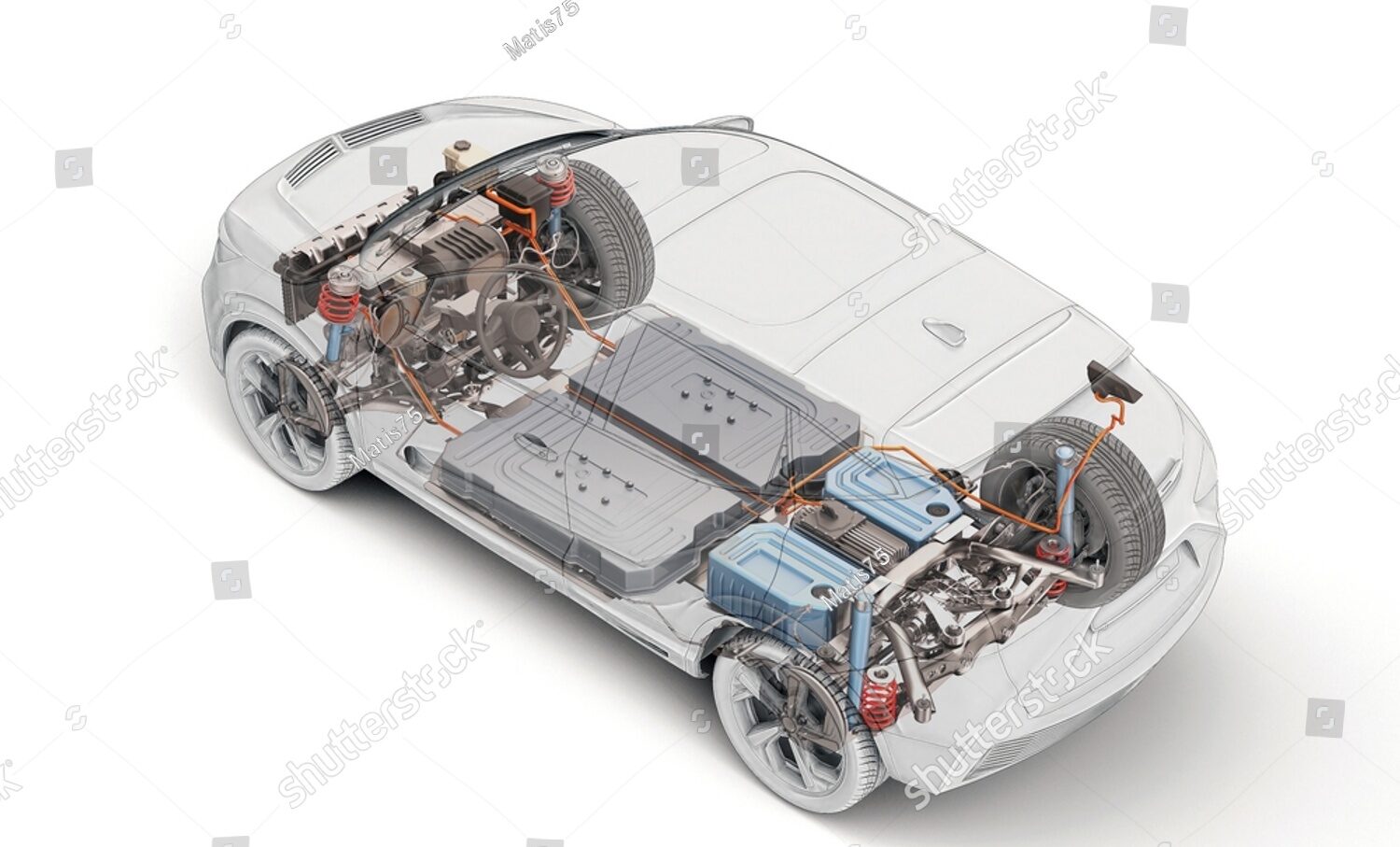Mastering Vehicle Frame Designing
Designing the frame for vehicles is a critical aspect of automotive engineering that demands precision, creativity, and a deep understanding of both aesthetics and functionality. Computer-Aided Design (CAD) software has revolutionized this process, making it more efficient and versatile. Here’s a guide on how to design vehicle frames using CAD software, from a human perspective, focusing on the practical steps and considerations involved.
The Importance of Frame Design
The frame is the backbone of any vehicle, providing structural integrity and safety. It supports the weight of the vehicle, absorbs impacts, and ensures the alignment of all other components. A well-designed frame not only enhances performance and durability but also contributes to the overall aesthetics of the vehicle.
Getting Started with CAD Software
Choosing the Right CAD Software
There are numerous CAD software options available, each with its own set of features and capabilities. Popular choices include AutoCAD, SolidWorks, CATIA, and Autodesk Inventor. The choice of software depends on your specific needs, such as complexity of the design, integration with other tools, and budget.
Setting Up Your Workspace
Before diving into the design process, setting up your workspace is crucial. Ensure you have a powerful computer that can handle complex renderings and simulations. Familiarize yourself with the software’s interface, tools, and shortcuts to streamline your workflow.
Steps to Design a Vehicle Frame
1. Define Design Parameters
Start by outlining the key parameters of your vehicle frame, including dimensions, weight distribution, load-bearing requirements, and material selection. These parameters will guide your design process and ensure that your frame meets the necessary specifications.
2. Create a 2D Sketch
Begin with a 2D sketch of the frame. This involves drawing the basic outline and structure, including key points and dimensions. The 2D sketch serves as the foundation for your 3D model and helps in visualizing the overall design.
3. Develop the 3D Model
Using your 2D sketch as a reference, create a 3D model of the frame. This involves extruding shapes, adding contours, and refining the structure. Pay attention to details such as the thickness of the materials and the placement of joints and reinforcements.
4. Perform Stress Analysis
One of the major advantages of CAD software is the ability to perform stress analysis. Use this feature to simulate real-world conditions and evaluate the strength and durability of your frame. Identify potential weak points and make necessary adjustments to enhance performance.
5. Optimize the Design
Optimization is an iterative process where you refine your design to achieve the best possible performance. This might involve reducing weight, improving load distribution, or enhancing aerodynamics. CAD software offers various tools and algorithms to assist in this process.
6. Review and Validate
Once your design is optimized, review it thoroughly to ensure it meets all specifications and requirements. Validate the design by running additional simulations and analyses. Collaboration with other team members for feedback can provide valuable insights and improvements.
7. Prepare for Manufacturing
The final step is to prepare your design for manufacturing. Generate detailed drawings and specifications that can be used by manufacturing teams. Ensure that all dimensions, materials, and assembly instructions are clearly documented.
Real-World Applications
Designing vehicle frames using CAD software is not just limited to cars. This technology is widely used in designing frames for motorcycles, bicycles, trucks, and even aircraft. The principles remain the same, but the specific requirements and challenges vary with each type of vehicle.
Conclusion
Designing vehicle frames with CAD software combines engineering precision with creative problem-solving. By following a structured approach and utilizing the advanced features of CAD tools, you can create robust, efficient, and aesthetically pleasing frames. As technology continues to evolve, the capabilities of CAD software will only expand, offering even more opportunities for innovation in vehicle design.
Author


